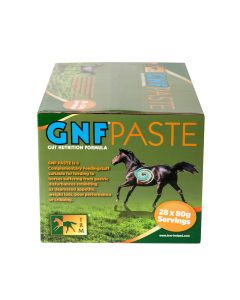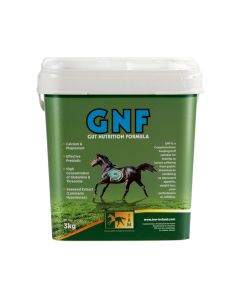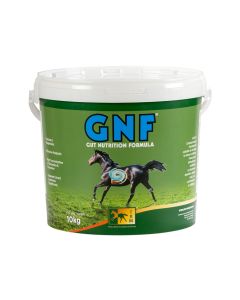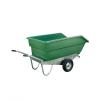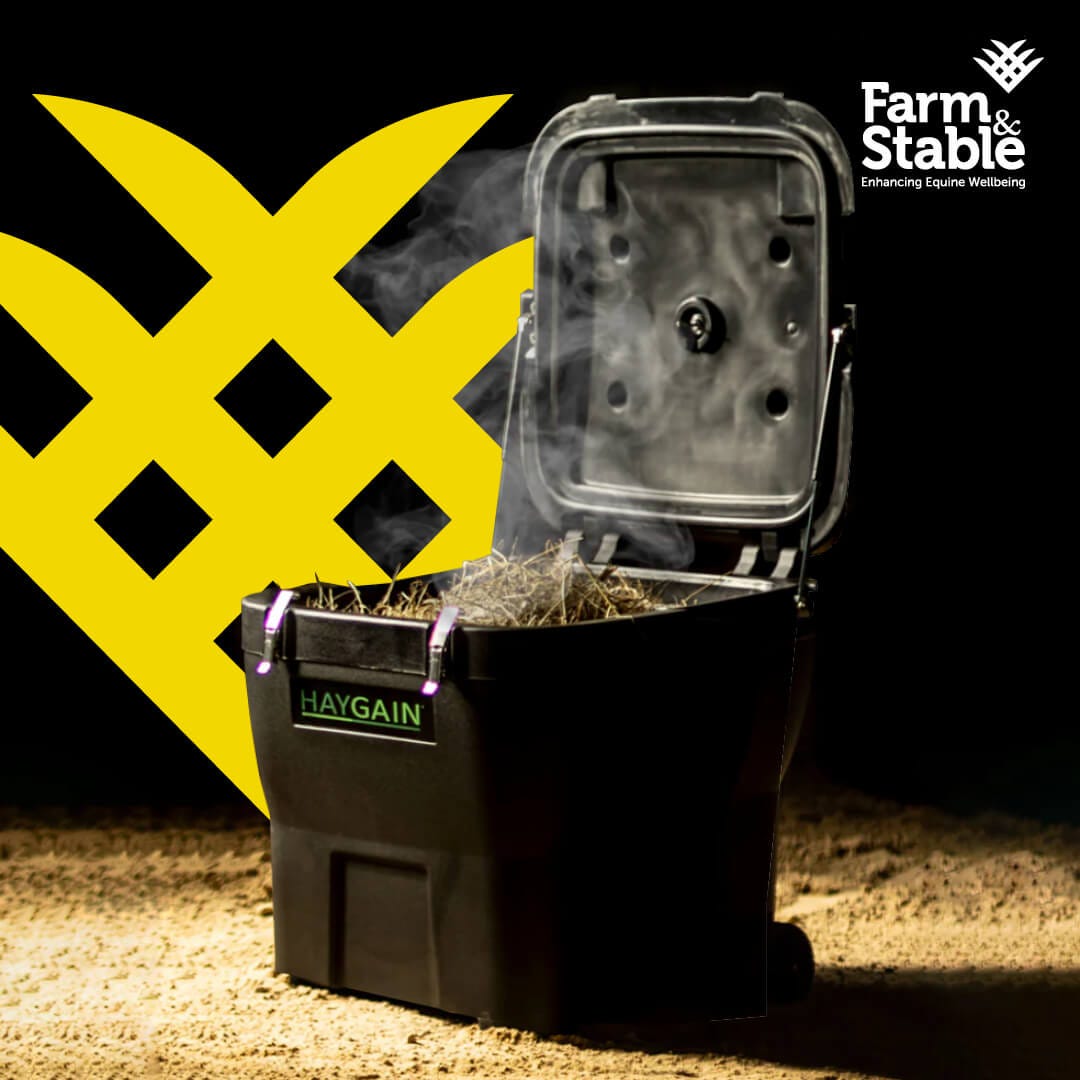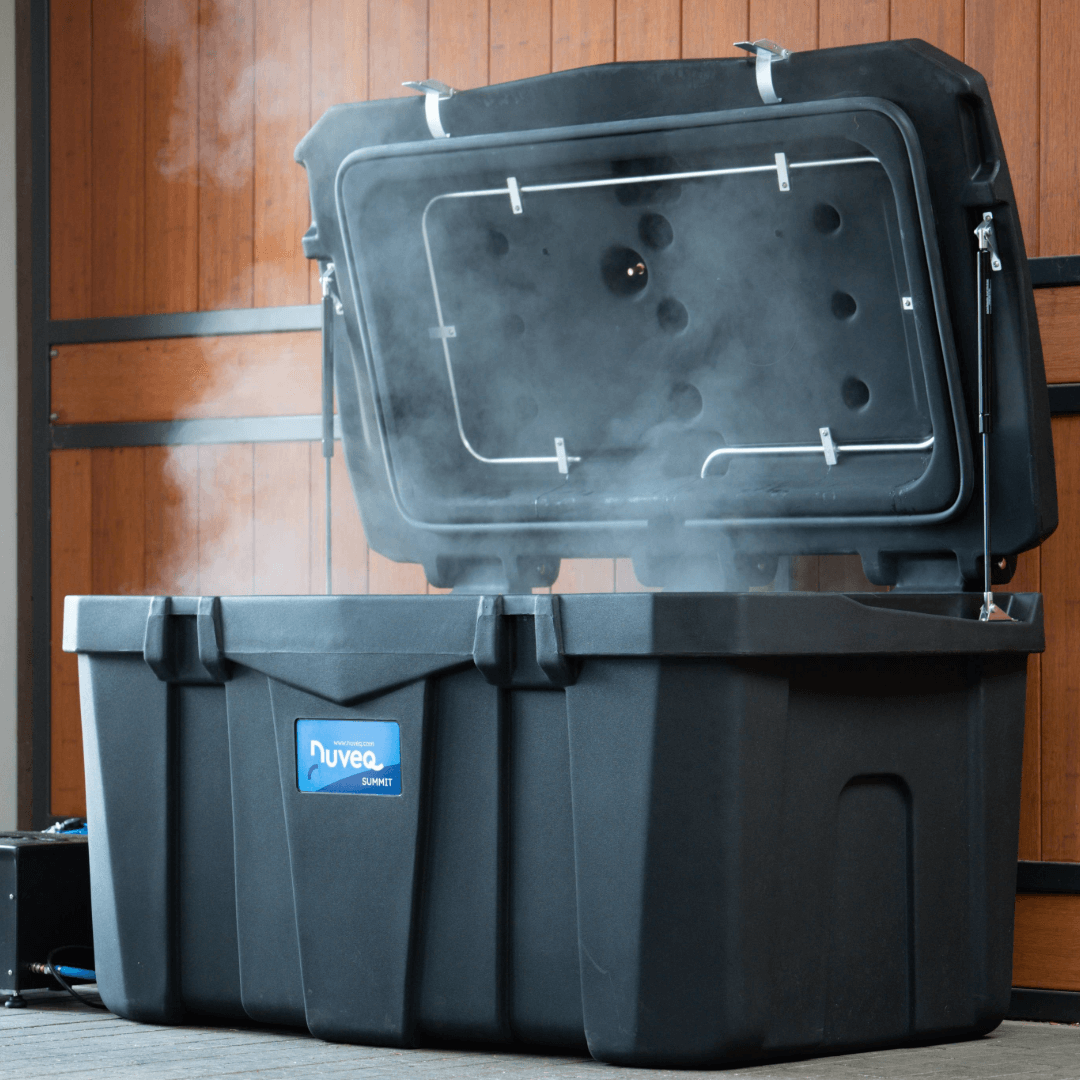The Best Nutritional Support for Horses with Gastric Ulcers | Gut Nutrition Formula (GNF)
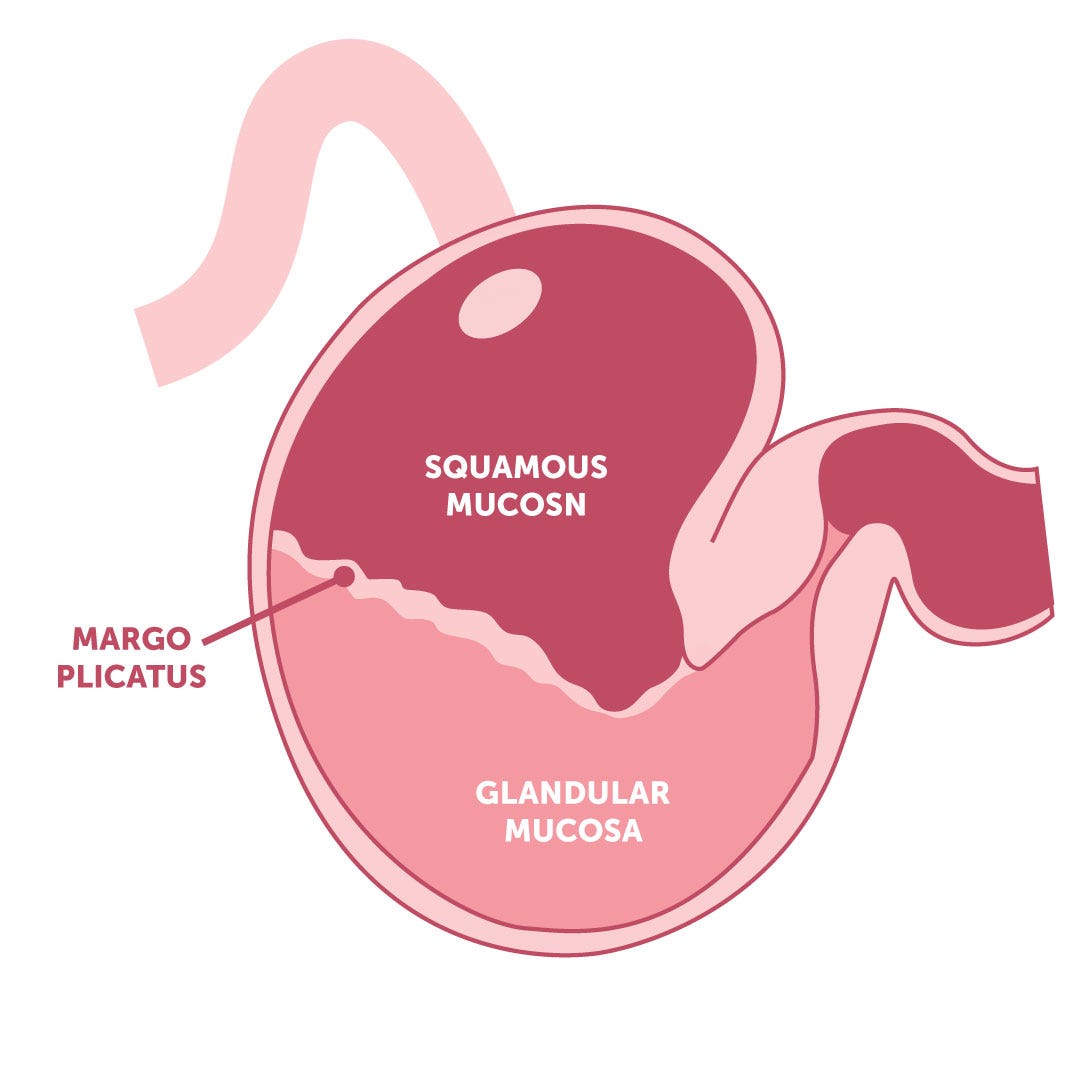

If you are reading this, you may be one of the many equestrians that have had a horse that has suffered from gastric ulcers. Equine gastric ulcer syndrome (EGUS) is the official term used to describe stomach ulcers in horses, and it is a subject that recurrently demands horse owners’ attention. This is because almost all performance horses will suffer from EGUS at some point in their life.
Horses that are involved in intensive training and/or some level of competition, otherwise known as performance horses, are the most susceptible equine category to suffer from stomach ulcers. Studies indicate that 47-100% of Thoroughbred racehorses, 33-93% of endurance horses, and 58-64% of show and sport horses may have stomach ulcers at any one time in their life. Unfortunately, this does not mean that non-performance horses are unaffected. Studies suggest that 11%-67% of horses that partake in less strenuous activities, and even sedentary horses, may suffer from stomach ulceration. Foals are also susceptible to ulcers, particularly if they are confined to the stable. This is because their stomach lining is much thinner than adult horses and is therefore particularly susceptible to damage.
What causes Equine Gastric Ulcers?
Equine ulcers, particularly gastric ulcers, are a common issue among horses and can be caused by various factors. Some primary causes include:
-
Dietary Factors: A diet high in grains and low in forage can increase the risk of ulcers in horses. Additionally, irregular feeding schedules or long periods without food can contribute to ulcer formation.
-
Stress: Horses experiencing stress from factors such as transportation, competition, changes in routine, or social dynamics within the herd are more prone to developing ulcers. Stress can lead to increased production of stomach acid, which can damage the stomach lining.
-
Management Practices: Housing conditions, such as confinement to stalls for long periods, limited access to pasture, and lack of social interaction, can contribute to ulcer development.
-
Medication: Some medications, such as nonsteroidal anti-inflammatory drugs (NSAIDs) like phenylbutazone, can irritate the stomach lining and increase the risk of ulcers.
-
Exercise: Intense or prolonged exercise, especially on an empty stomach, can exacerbate the risk of ulcers in horses.
-
Individual Factors: Some horses may be genetically predisposed to developing ulcers, while others may have underlying health issues that make them more susceptible.
Understanding and addressing these factors can help prevent and manage equine ulcers effectively.
Why are sports horses more susceptible to gastric ulcers?
Sports or performance horses are more susceptible to gastric ulcers due to several factors inherent to their lifestyle and training regimen:
-
Stress: Performance horses often undergo rigorous training schedules and frequent travel for competitions. This lifestyle can be stressful, both physically and mentally, which can lead to increased production of stomach acid and a higher risk of ulcer formation.
-
Diet and Feeding Schedule: Performance horses may be fed high-energy diets to support their intense training regimes. Diets high in grains and low in forage, coupled with irregular feeding schedules or long periods without food, can contribute to ulcer development.
-
Intense Exercise: Performance horses undergo strenuous exercise routines, which can lead to increased pressure on the abdomen and a decrease in blood flow to the gastrointestinal tract. Intense exercise on an empty stomach can exacerbate the risk of ulcers by allowing stomach acid to splash onto the unprotected upper portion of the stomach.
-
Medication Use: Performance horses may require medications such as NSAIDs to manage pain or inflammation associated with training and competition. However, prolonged use of NSAIDs can increase the risk of ulcer formation by compromising the protective lining of the stomach.
-
Limited Turnout and Social Interaction: Performance horses often have limited turnout time and social interaction with other horses due to their training and competition schedules. This lack of turnout and socialization can contribute to stress and may disrupt the natural behaviors that help maintain gastrointestinal health.
Overall, the combination of stress, diet, exercise, medication use, and management practices in the life of a performance horse can make them more susceptible to gastric ulcers compared to horses with less demanding lifestyles. It's essential for owners and trainers of performance horses to implement strategies to minimize these risk factors and promote gastrointestinal health.
Equine Squamous Gastric Disease (ESGD) VS Equine Glandular Gastric Disease (EGGD)
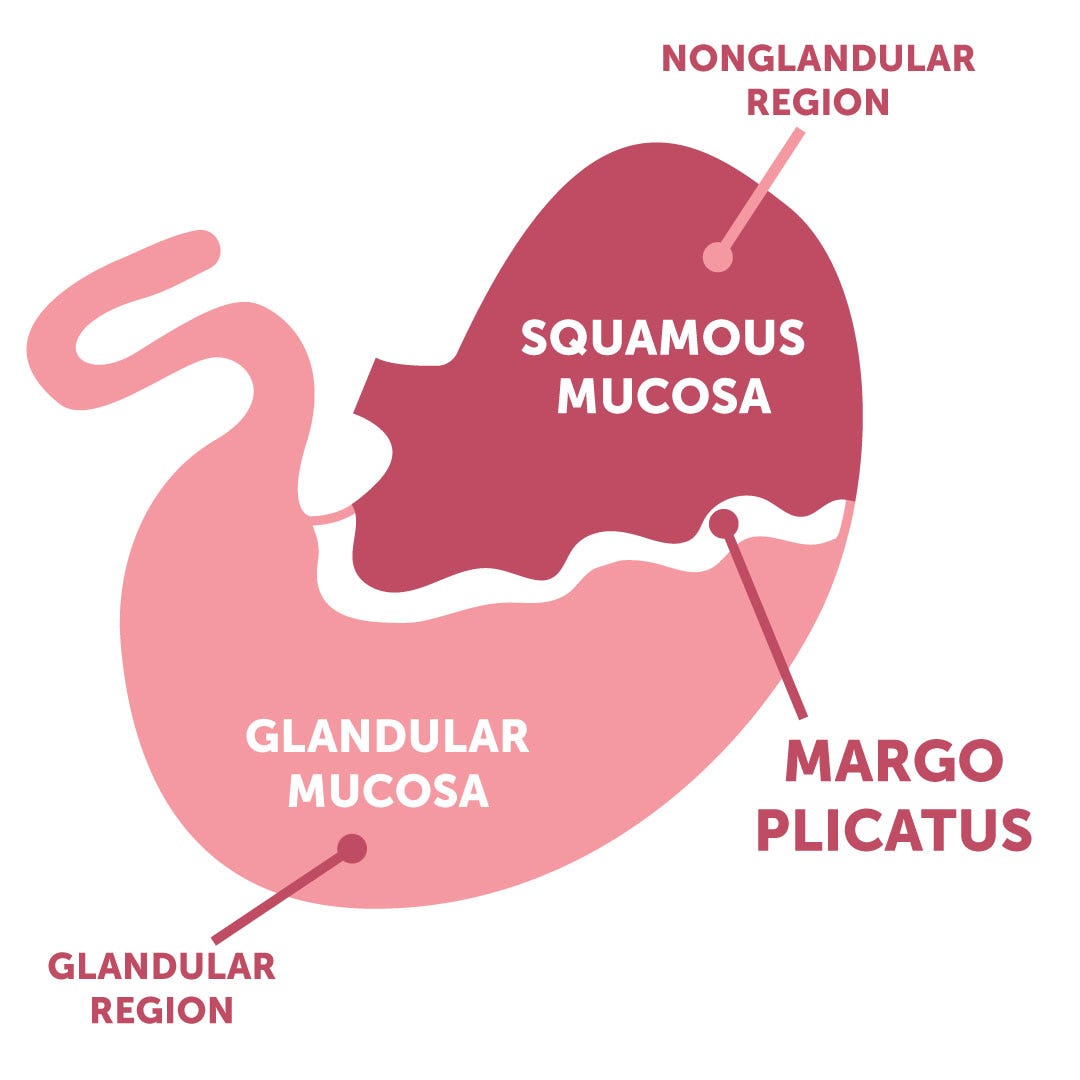 The horse’s stomach lining (mucosa) is divided into a squamous and a glandular portion. This is significant because they are affected differently and therefore the ulceration in the different parts is referred to as two different things. For example, you may hear your vet referring to Equine Squamous Gastric Disease (ESGD) or Equine Glandular Gastric Disease (EGGD) to clearly distinguish which part of the stomach is affected.
The horse’s stomach lining (mucosa) is divided into a squamous and a glandular portion. This is significant because they are affected differently and therefore the ulceration in the different parts is referred to as two different things. For example, you may hear your vet referring to Equine Squamous Gastric Disease (ESGD) or Equine Glandular Gastric Disease (EGGD) to clearly distinguish which part of the stomach is affected.
The causes of ESGD are the most well understood, with factors such as an increase in exercise intensity, increased starch intake and reduced pasture turnout being known to increase the risk of ulceration. This is due to increasing the exposure of the squamous mucosa to acid- The squamous mucosa is the top part of the stomach and is not normally exposed to acid, so when contact with acid is made it is inherently susceptible to injury. Prolonged acid exposure is what increases the likelihood of ulcers developing. It is because sports horses experience the factors just mentioned, more so than leisure horses, that their risk of ulceration is much higher.
By contrast, the causes of EGGD are poorly understood. The glandular mucosa is made up very differently from the squamous mucosa. The glandular mucosa is the bottom part of the stomach, so it is used to being exposed to a highly acidic environment. Therefore, it is only when there is a breakdown of the normal mechanisms that protect the glandular mucosa from the acidic gastric contents that EGGD occurs.
It is because of this that most horses that present with symptoms of ulceration are diagnosed with ESGD, while horses that may be suffering from EGGD rarely present with signs of ulcers. Rather, horses with EGGD commonly present with symptoms that more align with inflammation of the stomach lining as well as other symptoms that can vary widely in their appearance.
It is believed that external stressors, both psychological and physiological, that compromise the immune system may be what increases the risk of EGGD in horses. This is because the suppression of the immune system can reduce the mucus coating and blood supply to the glandular mucosa which reduces the resilience of the stomach lining to acid injury. Psychological stressors may include multiple riders or caretakers, restricted turnout, transport, and competition, while physiological stressors may include increases in the amount or frequency of exercise without sufficient rest.
If you believe that your horse may be suffering from EGUS, you should seek veterinary advice right away.
Symptoms that may indicate that your horse has ulcers can include:
- Loss of coat condition
- New stable vices such as bruxism (teeth grinding)
- Changes in temperament including nervousness or aggression
- Colic
- Reduced appetite or unexplained weight loss
- Poor performance or changes in rideability such as increased sensitivity to the leg
- Girthiness or sensitivity to being groomed or rugged
- Reduced willingness to work and reluctance to go forward
A gastroscopy is the only way to definitively diagnose EGUS because, as with many conditions, these symptoms are not completely unique to horses with EGUS, particularly has many of the symptoms are behavioural. To perform a gastroscopy, your veterinarian will ask you to withhold food from your horse for 16 hours and water for 6 hours prior to the procedure. After that, your horse will be sedated, and a 3m equine video endoscope (camera) will be passed into the stomach via the nasal passage. The procedure is painless, and it allows your veterinarian to see the entire stomach.
Then, if your horse has stomach ulcers, your veterinarian will assess both their location (is it ESGD or EGGD, for example) and the severity. The severity of the ulcers is denoted by a grade (1-4) that represents the damage to the stomach lining. The numerical scores indicate the following:
Grade 1 = Intact stomach lining, areas of reddening. Grade 2 = Small single or multiple ulcers on the stomach lining. Grade 3 = Large single or multiple ulcers on the stomach lining. Grade 4 = Extensive/deep ulcers on the stomach lining.
Treatment of EGUS will vary depending upon the severity and the location of the ulcers. In most cases, alongside the use of medication, a large part of the treatment and management of the disease will centre around a dietary modification to reduce the acidity of the stomach contents.
While nutraceuticals offer some protection to horses at risk of developing and/or redeveloping EGUS, often a lot falls down to the horse owner as correctly handling their diet and lifestyle is an instrumental part of managing this condition.
How to manage a horse prone to EGUS
Nutraceuticals, provided by your vet, will often be the first course of action to tackle your horse's ulcers. Following this ulcer treatment, nutritional support that aims to promote gastric health and reduce inflammation should be adopted to maintain and uphold your horse's gastric health. Even though diet plays a less influential role in the development of EGGD than ESGD, a daily digestive aid, such as a gut balancer, can help protect the stomach in all instances.
Effective gut balancers work by providing antacids that increase mucosal defence mechanisms as well as creating a buffer in the hindgut to support the intestinal microbial population. ‘Good’ gut bacteria are a vital part of a healthy gastrointestinal tract, and you should be aware that some medications can upset the balance of bacteria in your horse's gut. Providing your horse with a daily gut balancer or digestive aid is the best way to promote and protect their digestive health.
Gut Nutrition Formula (GNF)
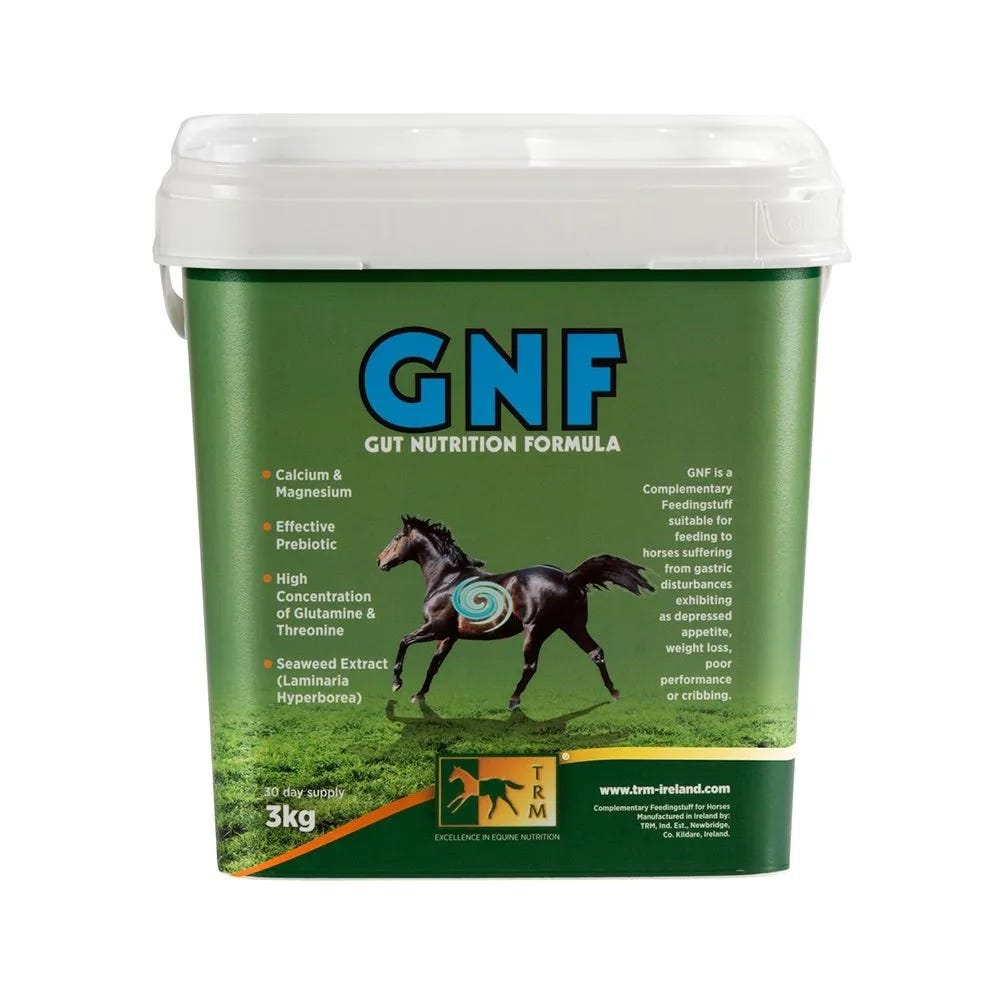 GNF, made by TRM, is a daily supplement that has been tested and proven to be a useful nutritional support for horses who are suffering from EGUS. In the studies carried out, these benefits were shown to be particularly marked when the horse is suffering from mild to moderate ulceration meaning GNF is most effective for horses with grade 2-3 ulcers.
GNF, made by TRM, is a daily supplement that has been tested and proven to be a useful nutritional support for horses who are suffering from EGUS. In the studies carried out, these benefits were shown to be particularly marked when the horse is suffering from mild to moderate ulceration meaning GNF is most effective for horses with grade 2-3 ulcers.
The Trial
A study was undertaken to assess the benefits of feeding GNF in a National Hunt Thoroughbred training yard.
Gastroscopic examination was performed on 17 horses after a fasting period of 20 hours, and water was withheld for 4 hours prior to scoping. The horses were then divided into 3 groups: clear (ulcer score 0), mild to moderate (ulcer score 1-2) and severe (ulcer score 3-4). 11 horses had their normal feed rations supplemented with GNF, while 6 horses with a similar range of ulcer scores were retained as a negative control.
After the trial period of 6 weeks, the entire sample size of 17 horses was re-scoped and evidence of improvement/deterioration was recorded. The 11 horses which had their feed supplemented saw a reduction in average ulcer score from 1.82 to 0.91, a reduction of 50%. The average ulcer score for the 6 negative controls increased from 1.5 to 1.66, an increase of 11%. In the group of horses with mild to moderate ulcer scores, the results were even more convincing with the 4 negative control ulcer scores increasing by 40% and the 7 horses with mild to moderate ulceration fed GNF recording on average a reduction of 70% in their score.
GNF Ingredient Analysis
This has been found to be extremely palatable and provide increased digestible energy sources. It contains higher amounts of vitamins, minerals and proteins when compared to conventional vegetable sources.
Seaweed Extract (from Laminaria Hyperborea)
Creates a floating raft of gel which helps to protect the non-glandular part of the stomach from acid.
Fructo-oligosaccharides (FOS)
Classified as prebiotics, FOS is recognised to stimulate the growth of desirable bacteria which can result in a positive symbiotic relationship between bacteria and the host. Form a
FOS can remain available as substrates for microbial populations to utilise, and thus promote increased intestinal efficiency, so can be regarded as a food substrate for the beneficial bacteria in the hindgut. FOS can remain available as substrates for microbial populations to utilise, and thus promote increased intestinal efficiency.
Glutamine
An important amino acid for the repair of epithelial cells. Glutamine supplementation has proven to increase intestinal performance and has been found to decrease the over-expression of pro-inflammatory genes, thus leading to a reduction in intestinal damage.
Threonine
Is an essential amino acid and studies have shown that restriction of this nutrient may limit intestinal mucin synthesis.
Calcium and Magnesium
Recognised as alkaline providers and have been shown to increase intestinal mucosal integrity.
Slippery Elm (In the paste only)
Its emollient properties have led to its traditional use for centuries for soothing irritated tissue, coating, and protecting the digestive tract. Its high calcium content may have some antacid effects. When slippery elm is taken internally it can cause reflex stimulation of nerve endings in the gastrointestinal tract, leading to mucus secretion. T.he mucilage of slippery elm is a demulcent and emollient to the digestive system. A demulcent is an ingredient that is able to form a soothing layer over the mucous membrane and gastric mucosa, and therefore it provides a soothing action. An emollient soothes and softened by preventing water loss.
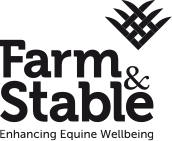

 Forgotten your password?
Forgotten your password?  Free Delivery on all orders over £95+VAT
Free Delivery on all orders over £95+VAT
